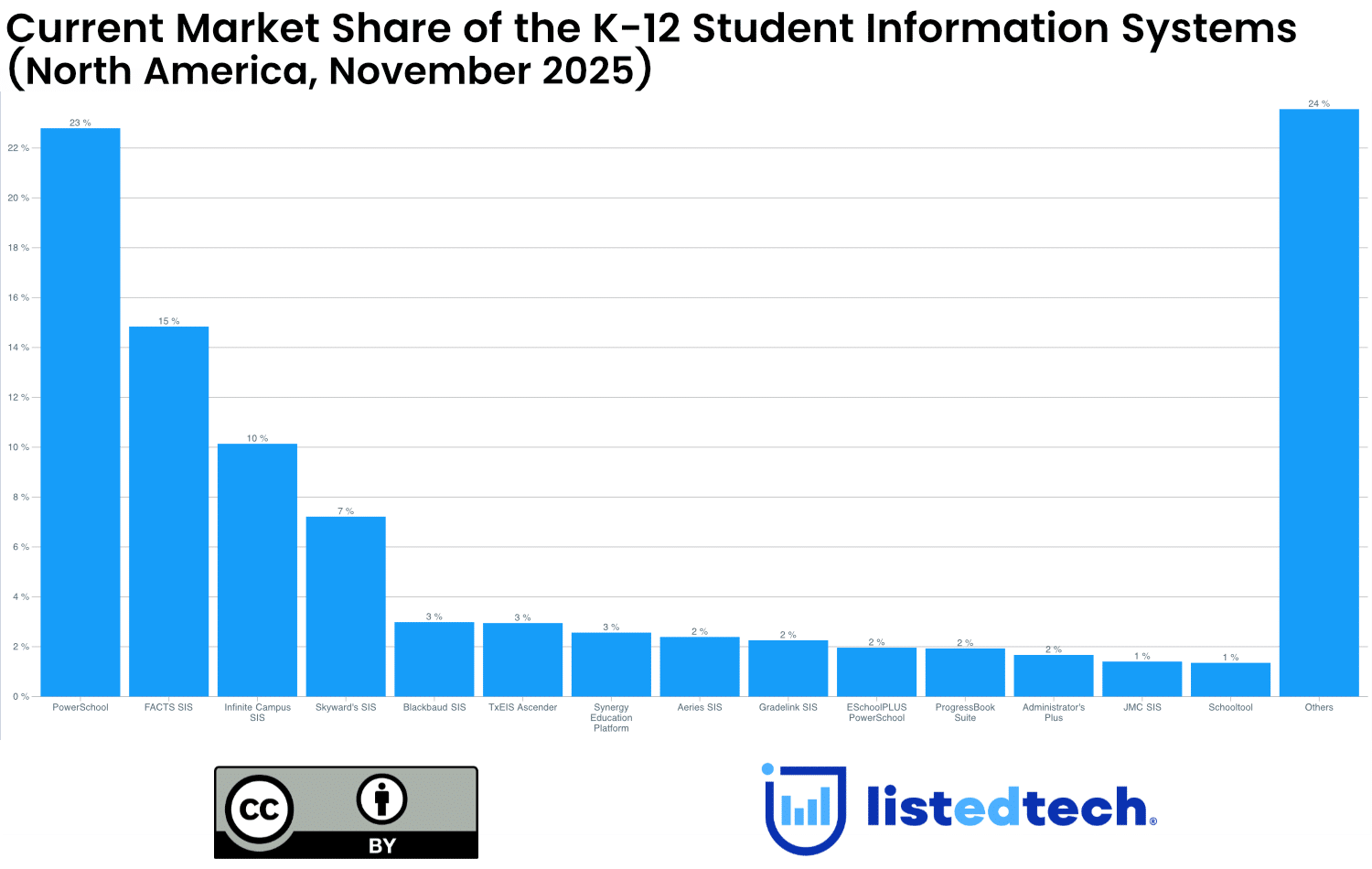
One of the great things about this site is all the complimentary data we receive. One of these datasets is the 8 world rankings that we compile yearly. In the past we have played with this data to show 9 World University rankings – Side by side – part 1 and make a Historical compilation of 7 world universities rankings: huge drop for US, rise for French. What got me started on the following visualization is an article by Alex Usher titled: Times Higher Rankings, Weak Methodologies, and the Vastly Overblown “Rise of Asia”. His article explains how universities are “slow moving creatures” and if major jumps (in the rankings) happen from year to year, it usually is an indication that the rankings have poor methodology. Therefore, to see if there truly is a rise with the Asian universities, we have combined several world rankings.
Below, you can see two visualizations: the first is a grouping by geographical regions; the second by individual countries. Both are controlled by numerous criteria, located in the center and on the right side. Each filter affects both visualizations. To better understand how the vizes work, let’s use the Asia example: deselect all but Asia in the regions and it will reveal the 4 countries (China, Japan, Russia and South Korea) that make up the grouping. In both visualizations, the goal for the region is to be closer to the bottom left corner (more institutions and better rankings). Some observations based on the default view
- North America saw a decrease of 59 institutions (from 481 to 422)
- Europe gained 45 institutions (from 348 to 393)
- Asia gained 23 institutions (from 94 to 117)
- United States was a decrease in numbers of institutions (from 425 to 375)
- China saw a raise (from 46 to 68)
- Germany saw a raise (from 65 in 2012 to 87)
Other interesting options
- You can add a 6th Ranking (QS World University Rankings), but remember to remove the year 2010
- Select ‘Academic Ranking of World Universities and Performance Ranking of Scientific Papers for World Universities’ to get an 8-year span (2007-2014)
Possible issues
- Note that you need to manually update the ‘History’ when adding/removing years. To do so, click on the arrow to the right of the bar to make sure all years are reflected.
- To zoom in on countries, you might want to reduce the “Number of Institutions”. An example would be to bring the bar down from 720 to 150.
- If nothing seems to work, just refresh you browser.
Methodology
The default visualization shows a compilation of 5 world rankings (Academic Ranking of World Universities, Performance Ranking of Scientific Papers for World Universities, SCImaga Institutions Rankings, Times Higher Education World Rankings and Webometrics Ranking of World Universities) for the top 200 institutions in each ranking. The scatter plots illustrate how the groupings moved in the last 5 years. Why did I only take those 5 rankings? The answer is simple, I don’t have the data for the other years. As you can see in the table below, some of the rankings didn’t start before 2010 etc. You will also notice that some years don’t have exactly 200 institutions. This is caused by the ties.
| World Ranking | 2003 | 2004 | 2005 | 2006 | 2007 | 2008 | 2009 | 2010 | 2011 | 2012 | 2013 | 2014 |
|---|---|---|---|---|---|---|---|---|---|---|---|---|
| Academic Ranking of World Universities | 200 | 201 | 202 | 200 | 202 | 200 | 200 | 200 | 200 | 200 | 200 | 200 |
| CWTS Leiden Ranking | 200 | 200 | 200 | |||||||||
Performance Ranking of Scientific Papers for World Universities | 200 | 201 | 200 | 200 | 200 | 200 | 200 | 200 | ||||
QS World University Rankings | 200 | 201 | 200 | 200 | 200 | 200 | 202 | |||||
SCImago Institutions Rankings | 200 | 200 | 200 | 200 | 200 | 200 | ||||||
Times Higher Education World University Rankings | 200 | 200 | 200 | 200 | 201 | |||||||
University Ranking by Academic Performance | 200 | 200 | 200 | 200 | ||||||||
| Webometrics Ranking of World Universities | 200 | 200 | 200 | 200 | 200 | 215 |

